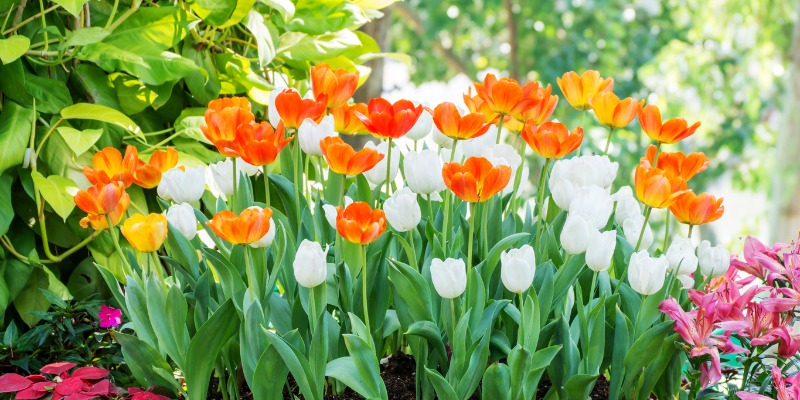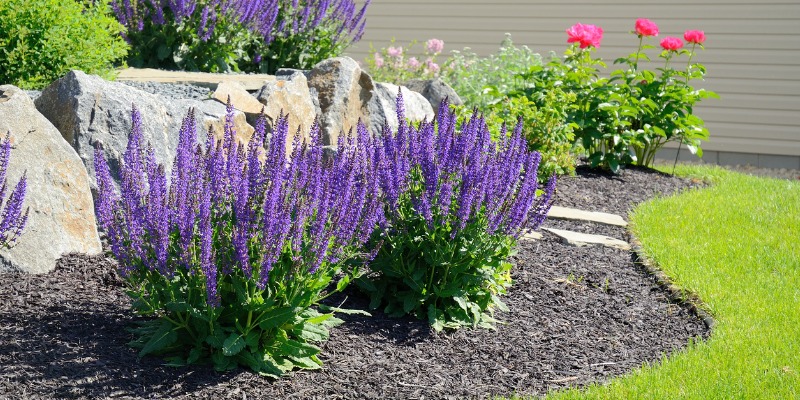Sometimes the smallest things create the largest impact in the landscape. Bulbs and perennials are a great example. They start small, but explode into fields colour at certain times of year. To get the best effect from bulbs and perennials, there should be lots of them, which is where perennial division comes in. A few are nice, but a few dozen can be spectacular.
Planting dozens or hundreds of bulbs and small potted perennials is not an easy task. But given the right conditions, most will grow and multiply. But even the healthiest field of perennials will benefit from some human help. Eventually, you’ll have to stop in to divide and replant your perennials.
Dividing Perennials
Many perennials need to be divided every three to five years. If a perennial bed is packed full with some plants dying out and flower sizes smaller than usual, it’s time to dig and divide. Some perennials can be pulled apart by hand, some with a digging fork; others have to be cut. It depends on the size and species of the perennial and how dense their growth has become.
Dividing perennials is a good way to generate plants for a new bed while reviving your existing planting beds. You won’t have to buy new plants, but you do have to put in the necessary work. Be sure not to plant the divided plants in a new location just because you have them. Put some thought into where the new perennials should go and how they fit with your overall landscape.

Planting Bulbs
Bulbs, like perennials, should be planted in good quality, well-drained soil. They need the right amount of sun and a planting depth appropriate for their species. While you can dig individual holes for each bulb, they usually prefer to grow in a planting bed where all of the soil has been tilled and prepared. That helps to encourage drainage and provides better conditions for root growth. If you are planting around existing trees or large shrubs, care should be taken not to damage their roots.
Bulbs usually look best in loose, flowing drifts. Slightly irregular spacing will contribute to this informal, natural appearance. Bulbs should be planted at a depth two or three times the size of the bulb. For some bulbs, this means about eight inches deep. In addition to organic matter, bone meal or phosphorous is good for encouraging root growth.
Some spring and summer flowering bulbs do best if they are dug up after their foliage turns brown and stored until it’s time for replanting, either fall or early spring depending on the species. They need to be dried and stored in cool, dry conditions.
Maintenance Takes Work
Flowering bulbs and perennials take a lot of maintenance. Their impact is big, but so is the effort to maintain them. While many gardeners enjoy working with bulbs and flowers, many others do not have the time. Landscape design and maintenance companies like Lawrence Park Complete Garden Care provide the necessary planting and maintenance services. We know the best time to do the work needed and the specific requirements of each flower species. That takes the worry out of your work and gives you more time to enjoy your flowering landscape.
Take a look at our services and then give us a call today!
